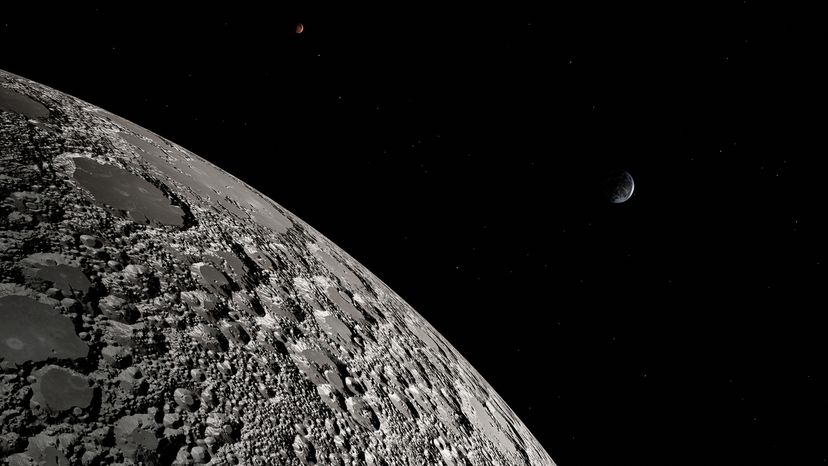India's historic moon landing may lead to an important scientific discovery that opens the door for future lunar bases and solar system exploration.
1. It Is the First Mission to the Lunar South Pole Region
India's space exploration team found a soft landing site near the moon's south pole region, making them the first country to pioneer this treacherous terrain.
Exploration of this successful landing region is made all the more challenging by cold temperatures that can reach as low as -424°F (-253°C) during lunar nightfall.
Mission control teams must also juggle challenges with the moon's south pole rotation. For instance, one lunar day equals a month down on Earth.
2. The Rover Gathered Data About the Lunar Surface
One of the primary goals of the Chandrayaan-3 mission was to collect lunar topsoil and test samples with various scientific instruments to better understand the mineral composition of the moon's surface.
It has been theorized that the lunar surface may hold vital reserves of frozen water and essential minerals that could support lunar bases that may act as resupply locations for future astronaut missions to Mars and beyond.
Although there is still no word on what scientists have gathered from the rover's payloads of lunar soil, the promising site has inspired planning for future lunar missions.
3. India Joins an Elite Group of Countries That Have Reached Lunar Orbit
With its historic landing, India has joined a global elite group and established its place as a technology and space powerhouse. India is the fourth country to complete a successful moon mission, following the Soviet Union, the United States and China.
This successful mission is a prime example of an ascendant country asserting itself as a leader in space exploration as the currently habitable planet Earth becomes less livable each year with climate change worsening.
